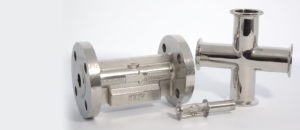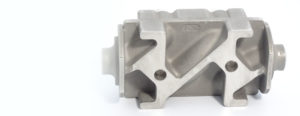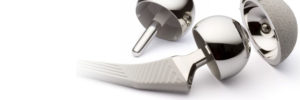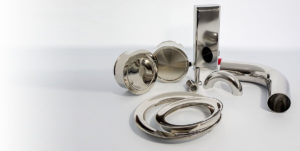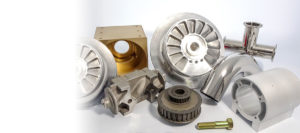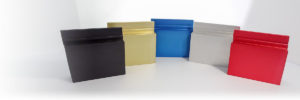
Oxygen Cleaning Procedures
Oxygen cleaning procedures are strict requirements for cleaning, inspecting, and packaging items for oxygen cleaning services. The procedure is to be done in a clean area of the shop far from in-use production units. This procedure defines examinations and cleaning for all types of valves, piping, and components. Additionally, there are specific standards, tools, and techniques used throughout the oxygen cleaning process. All parts are to be cleaned and examined under a black light prior to each use. For all your oxygen cleaning services, contact AMF Technologies.
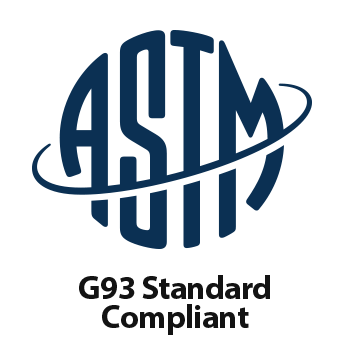
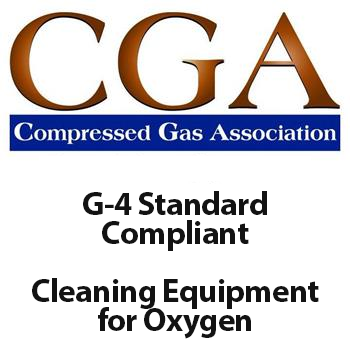
Cleaning
- Parts are disassembled to be cleaned.
- All components are pre-washed with mineral spirit. This removes excess oils, grease cuttings, and other materials.
- All components are dried with a sanitized, lint-free cloth.
- Components receive a final wash with a degreaser.
- Full drying
Inspection
- The technician closely examines all components under a bright light to visually detect any presence of visible oil film, matter, or grease. These particles can include filings, loose adherent rust, mill scale, and other chips. Any noticing of contamination requires a full re-cleaning process.
- Examination of all cleaned surfaces in an ultraviolet (UV) black light to look for further contaminants. If any blotches, smears, film, or smudges are apparent, the item is re-cleaned and re-inspected, restarting the cleaning process. The only acceptable noticeable blemishes are mildly fluorescent stains from cleaning residues or lint.
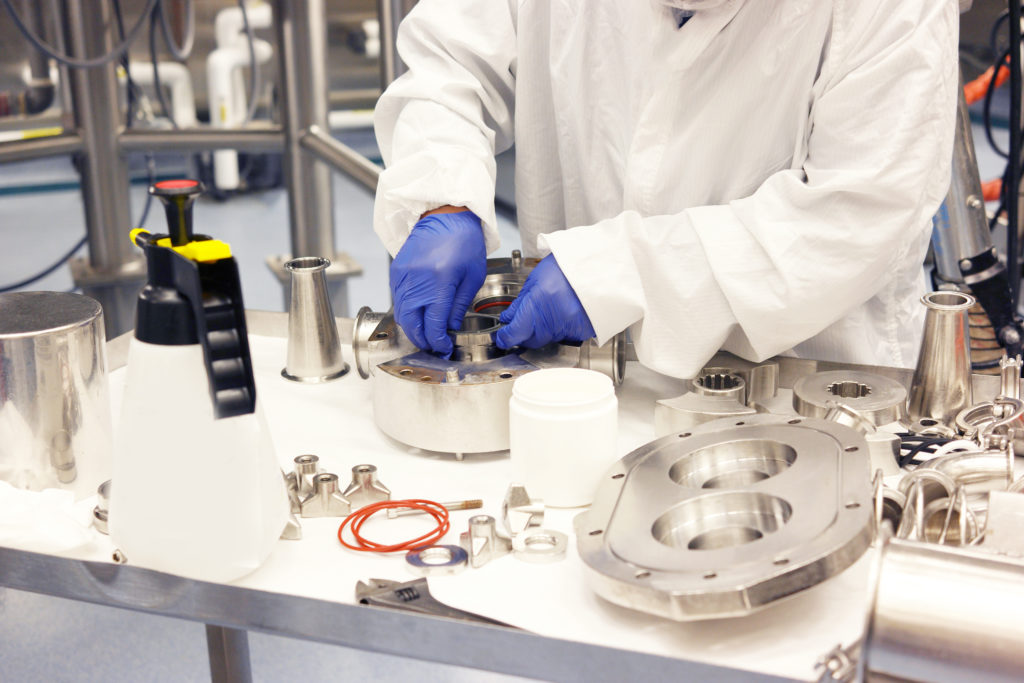
Assembly
After each part passes the careful cleaning and inspection process, they are fully dried. Upon full drying, they are carefully assembled back to their specifications with degreased tools and without re-contaminating them.
Testing
Each component is rigorously tested for any gasket leaks. This is accomplished via clean, dry air or clean, dry nitrogen following the cleaning and assembly process.
Packaging
Upon fully passing the leakage testing process, the component is wrapped, bagged, and secured with a clean plastic encasement to preserve the cleanliness and ensure no contamination. The package used is a polyethylene bag sealed with a heat shield with desiccant packs for preventing stray moisture.
Identification
After being securely packaged for delivery, they are identified with a specific tag signifying the item has been cleaned for oxygen service. It also receives a certificate issuing that all items have been cleaned for oxygen service.
Click here for information on cleaning methods or contact us for additional information.
